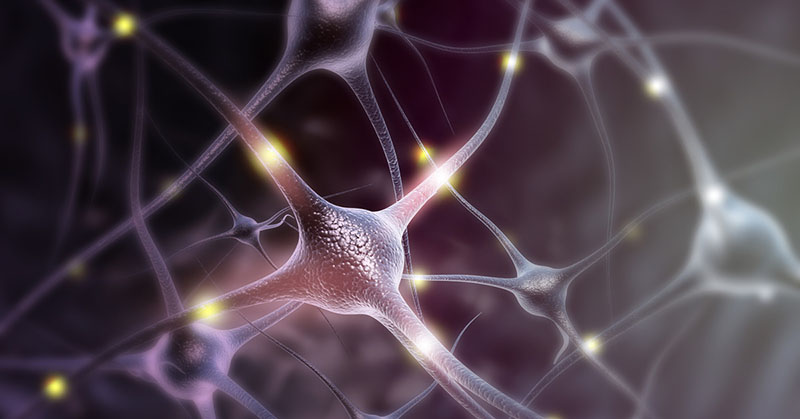
New research in mice illuminates how infant cries activate maternal brain cells to increase release of oxytocin, a hormone that promotes mother-baby bonding. The findings provide a biological explanation for how sensory cues from an infant can help foster maternal behavior.
The study, published in Nature, was funded in part by the Eunice Kennedy Shriver National Institute of Child Health and Human Development, part of the National Institutes of Health. It was led by Silvana Valtcheva, Ph.D., and Robert C. Froemke, Ph.D., of NYU Grossman School of Medicine. Additional NIH funders include the National Institute of Mental Health, National Institute of Neurological Disorders and Stroke, and National Institute on Deafness and Other Communication Disorders.
Background
Oxytocin plays key roles in childbirth and lactation. It also acts in the brain, promoting maternal behavior and mother-baby bonding. Hearing an infant’s cries—a signal of distress—can elevate oxytocin levels in new mothers and stimulate comforting maternal behaviors. In the current study, scientists used mice to better understand the biological process by which infant cries influence oxytocin levels and help shape maternal behavior.
Results
Oxytocin is released by neurons within the hypothalamus, the part of the brain that controls emotions. The scientists found that the cries of mouse pups caused sustained increases in oxytocin neuron firing—the process by which neurons communicate with each other—in the brains of female parent mice. Oxytocin neurons did not respond to single-frequency sounds or the cries of adult mice.
Further experiments revealed that the effect of pup cries on oxytocin neurons relies on input from the posterior intralaminar thalamus, a part of the brain that processes sensory information. Repeated stimulation of the thalamus by several pup cries reduced inhibition of oxytocin neurons in the hypothalamus. The subsequent enhanced firing of oxytocin neurons led to release of oxytocin in other areas of the brain that control maternal responses, including pup retrieval—when a female parent mouse approaches a pup in distress, picks it up, and carries it back to her nest.
Significance
The study provides key insights into how sensory cues from an infant affect maternal hormones and stimulate parenting behaviors. Understanding how, when, and where oxytocin acts in the brain to promote maternal behaviors may aid efforts to improve treatment strategies for maternal neglect and other behavioral conditions related to responses to sensory stimuli.
Reference
Valtcheva S, Issa HA et al. Neural circuitry for maternal oxytocin release induced by infant cries. Nature DOI: 10.1038/s41586-023-06540-4 

 BACK TO TOP
BACK TO TOP